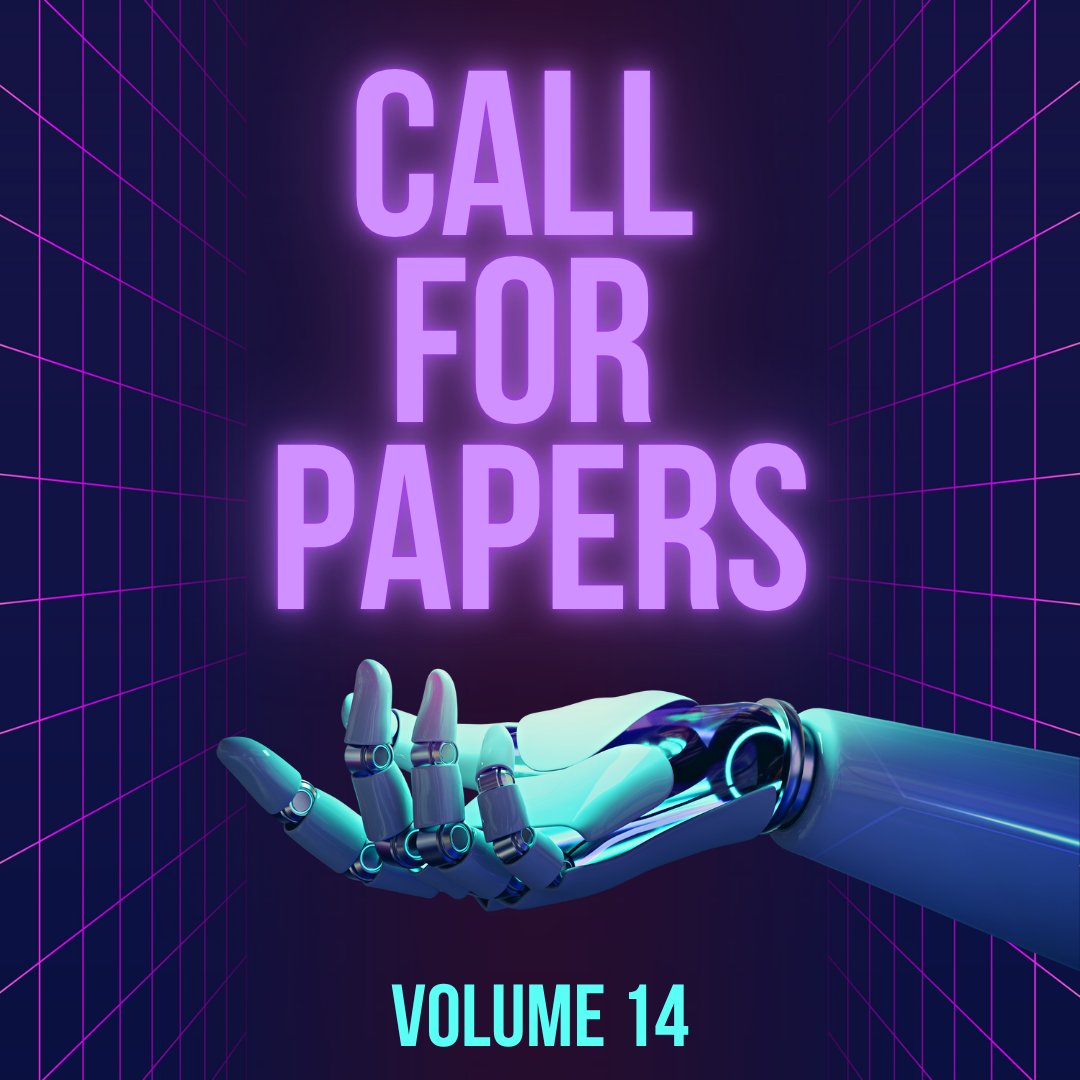Automated Continuous IoT-Based Monitoring System for Vaname Shrimp Cultivation Management
Keywords:
Water quality monitoring, IoT, Shrimp Pond, system designAbstract
Shrimp cultivation in Indonesia has been increasing since the introduction of white leg shrimp or often known as vaname (Penaeus vannamei) from the South Pacific waters. The use of a cultivation model with a circular pond with a diameter of 10 meters has begun to attract shrimp farmers in the northern coastal areas of Java, including Tuban Regency. There are several water quality parameters that affects survival rate such as Dissolved Oxygen (DO), Temperature, and Total Dissolved Solids (TDS). Shrimp pond farmers in Tuban Regency have used digital measuring tools to monitor the environmental conditions. However, these measurements cannot be carried out continuously for 24 hours. This often causes delays in identifying problems that occur in ponds and eventually impacts on reducing biomass weight, resulting in not achieving harvest targets. In this study, a continuous monitoring system for water quality management was designed and implemented. The system consists of an IoT-based water quality monitoring device combined with a Shrimp Aquaculture Management Information System. Based on the system that has been built, it is found that the system has been able to acquire all sensor parameters and send them to the server. The results of calibration and prediction using linear regression show that the average data reading error is achieving 14% for DO sensors, and 1% each for temperature and TDS sensors. The aggregated data is presented in tabular and graphic formats so that daily monitoring and predictions can be carried out in ponds.



